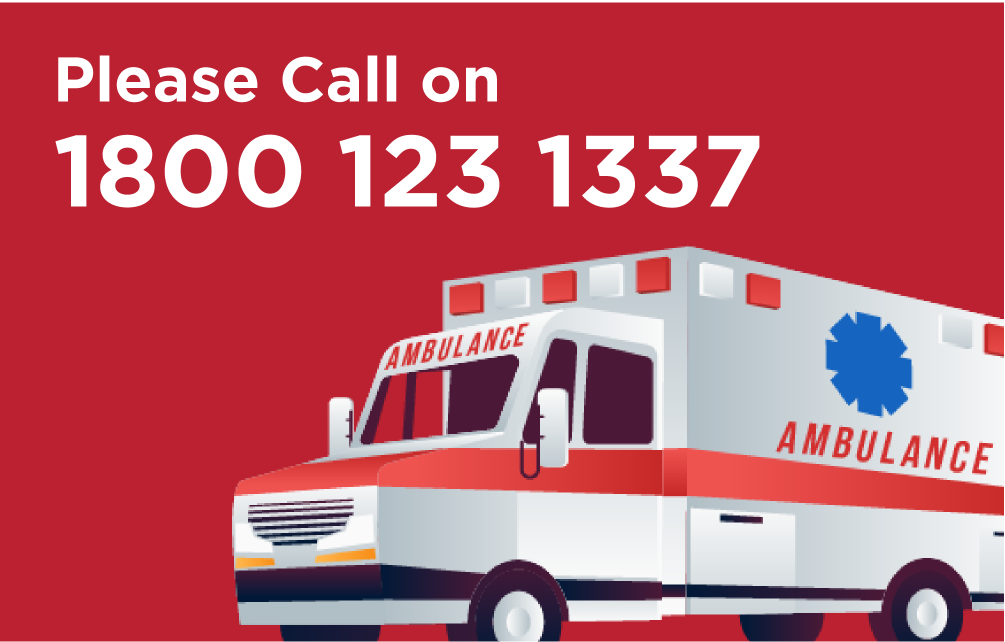Difference Between Type 1 and Type 2 Diabetes: Which is more Dangerous

Diabetes is a lifestyle disease that affects how our body converts food into energy. The food we consume is usually broken down into glucose, which is then released into the bloodstream. Insulin, released by the pancreas, regulates the entry of glucose (sugar) into the bloodstream. For a patient suffering from diabetes, there is an inadequate secretion of insulin, resulting in various kinds of health issues. Diabetes can be broadly classified into type 1 diabetes and type 2 diabetes. Type 1 and type 2 diabetes can be mainly differentiated by the time of their occurrence in a person’s life. Let’s look into these conditions in detail.
Type 1 Diabetes
Type 1 diabetes is an autoimmune condition that a person is born with. It is a genetic condition that makes a person dependent on insulin right from a young age. In type 1 diabetes, a person’s immune system, which ideally is supposed to fight harmful agents, reacts to the body’s healthy cells instead and weakens itself. While the exact reason for these autoimmune conditions is not fully understood, it may happen due to exposure to viral infections or environmental toxins.
Type 2 Diabetes
Type 2 diabetes has the same complications as type 1. The only difference here is that Type 2 diabetes is a result of lifestyle. The body still produces insulin but is unable to use it effectively. Being inactive and obese can also result in developing this condition. Certain environmental factors and the genetic history of a person may also cause them to develop type 2 diabetes.
While in type 1 diabetes, the body doesn’t produce insulin, in type 2 diabetes, the body doesn’t have an adequate insulin supply. Both these conditions can lead to high blood sugar levels.
Symptoms of Diabetes
There isn’t much difference between the two conditions. Both type 1 and type 2 diabetes can be detected through the following symptoms:
- Frequent urination
- Blurry vision
- Fatigue
- High hunger levels
- More prone to infections
- Having dry skin
On displaying any of these symptoms, visit your nearest multi super-speciality hospital. People suffering from type 2 diabetes might not experience symptoms for several years, and they develop gradually over time. Type 2 diabetes Patients mostly don’t even discover symptoms until complications arise.
Type 1 diabetes symptoms, on the other hand, are quite quick to develop and take just weeks to surface. This condition often develops in childhood or adolescence. However, it’s also possible to develop type 1 diabetes later in life.
Complications of Diabetes
If left unmanaged, both type 1 and type 2 diabetes can lead to serious complications such as:
- Heart disease and stroke
- Kidney damage (nephropathy)
- Nerve damage (neuropathy)
- Eye problems (retinopathy)
- Foot problems that can lead to ulcers or infections
Regular monitoring of blood sugar levels, a balanced diet, and timely medical care can help prevent or minimize these complications.
Life with Diabetes
Type 1 diabetes is rare compared to type 2. There is no specific cure for type 1 diabetes, and since these patients don’t produce insulin, regular insulin doses are the only remedy. Type 2 diabetes, on the other hand, can be managed and even prevented with a proper lifestyle that includes a healthy diet and regular physical activity. Keeping your weight in check is another way of preventing type 2 diabetes.
Importance of Regular Check-ups
People at risk of diabetes or those already diagnosed should have regular health check-ups. Monitoring blood sugar levels, cholesterol, and blood pressure helps in early detection of complications and ensures timely intervention. Consulting a specialist such as an endocrinologist can guide patients on personalized treatment plans.
Both these conditions can be controlled, and patients can lead a normal life with the help of regular medication, a healthy lifestyle, and following the guidance of specialists.
Conclusion
Diabetes, whether type 1 or type 2, is a manageable condition if detected early and treated properly. While type 1 requires lifelong insulin therapy, type 2 can often be prevented or controlled with lifestyle changes and medication. Awareness of symptoms, regular check-ups, and following the guidance of healthcare professionals at the best hospital in Kanpur are key to living a healthy, active life despite diabetes. With the right care and discipline, patients can lead normal, fulfilling lives while keeping complications at bay.
Also Read: Types of Diabetes and How to Manage it
Frequently Asked Questions (FAQs)
Can Type 2 Diabetes be Reversed?
While type 2 diabetes cannot be completely cured, it can be managed and even reversed in some cases through a healthy lifestyle, regular exercise, and proper diet under medical supervision.
Is Type 1 Diabetes Hereditary?
Type 1 diabetes has a genetic component, meaning it can run in families, but environmental factors like viral infections may also trigger its onset.
How Often Should a Diabetic Person Check Their Blood Sugar?
Frequency varies, but most patients are advised to monitor blood sugar multiple times a day, especially if on insulin therapy or experiencing symptoms.
Can Diabetes Lead to Other Health Problems?
Yes, uncontrolled diabetes can lead to heart disease, kidney damage, nerve damage, vision problems, and foot complications.
What Lifestyle Changes Help Manage Diabetes?
Regular exercise, a balanced diet low in sugar and refined carbs, maintaining a healthy weight, and avoiding smoking and alcohol can significantly help manage diabetes.

 Call-an-Ambulance
Call-an-Ambulance



